Get Tech Tips
Subscribe to free tech tips.
Static Pressure, Manometers, and Magnehelics
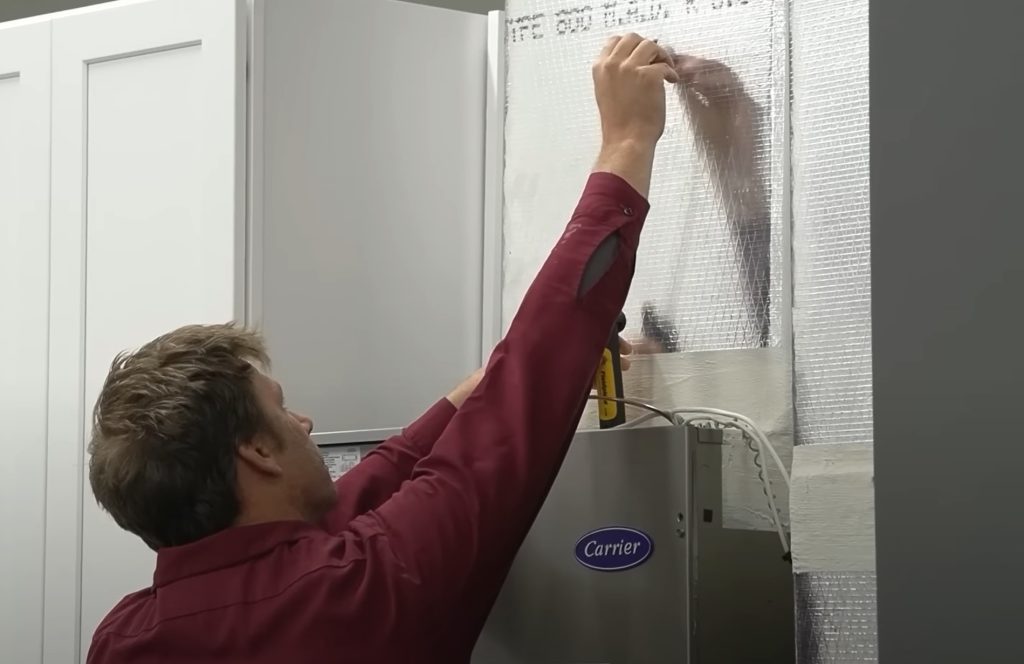
When you start talking airflow, it can get pretty in-depth pretty quickly. There is a big gap between what is useful for the average tech to apply every day and the whole story, so let's start with the simplest part to understand: static pressure.
Static pressure is simply the force exerted in all directions within any contained fluid. In this case, that fluid is the air. It's not the directional force of air moving or blowing (that is called velocity pressure); it is simply the force pushing out on the positive side of the air system and pulling in on the negative side. (Neil Comparetto wrote a great tech tip on measuring static pressure, which you can find HERE.)
In other words, it's energy exerted outward or inward in all directions instead of in one direction, compared to velocity.
Measuring static pressure helps a tech know whether or not the system has excessive resistance to airflow overall or at a particular point.
Static pressure is measured in inches of water column (“WC) and is the amount of pressure needed to displace one inch of water in a water manometer.
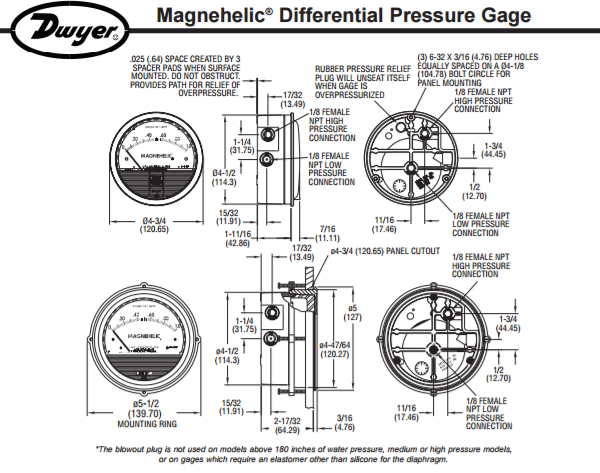
Magnehelic is a brand name for a high-quality Dwyer analog pressure gauge that comes in many different scales. Many techs will already have a high-quality digital differential manometer (like the Fieldpiece SDMN5) for reading gas pressure, which makes getting a separate Magnehelic largely unnecessary.
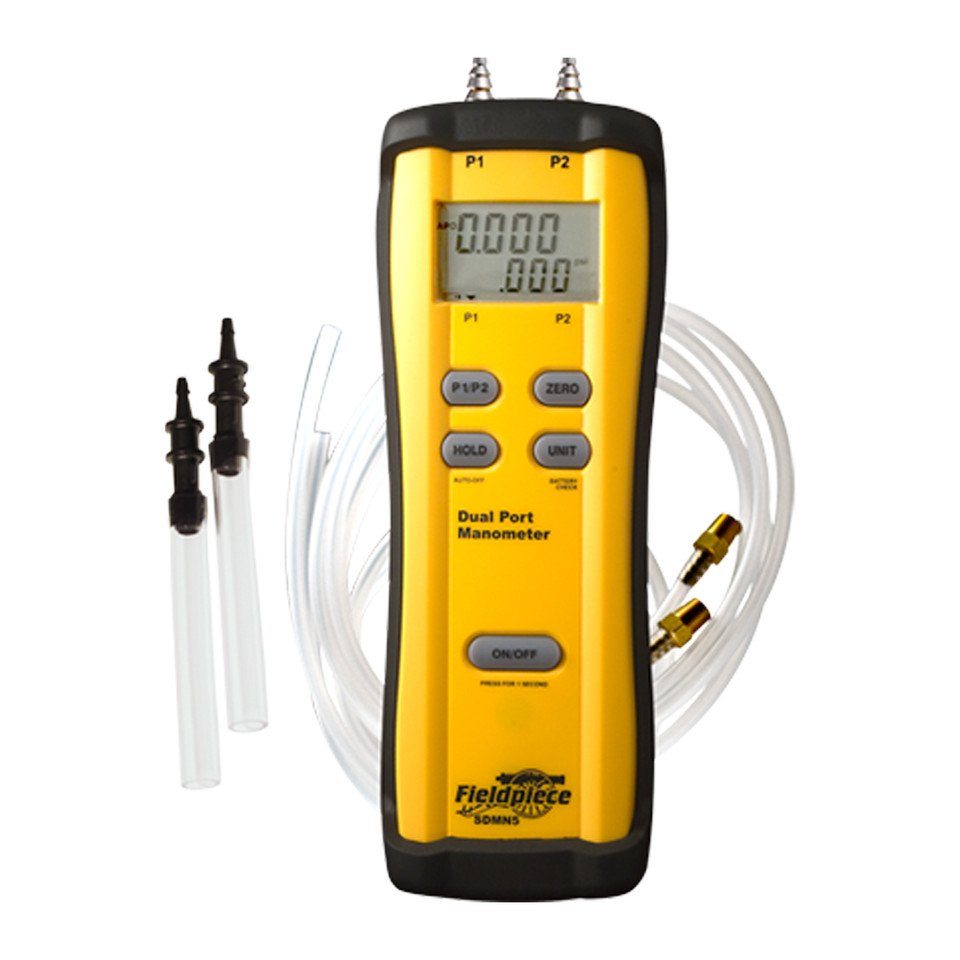
When using a manometer or a Magnehelic, you will first zero it out to room pressure (for a Magnehelic, make sure it is level). Next, place the negative side probe into the return side of the unit after the filter but before the blower. Place the positive probe in the supply duct. Keep the negative side probe away from the side of the blower. Be sure to insert the probes as straight and square as possible. Using a static pressure tip like the one shown below is advised to prevent air velocity pressure or air currents from interfering with the static pressure reading.
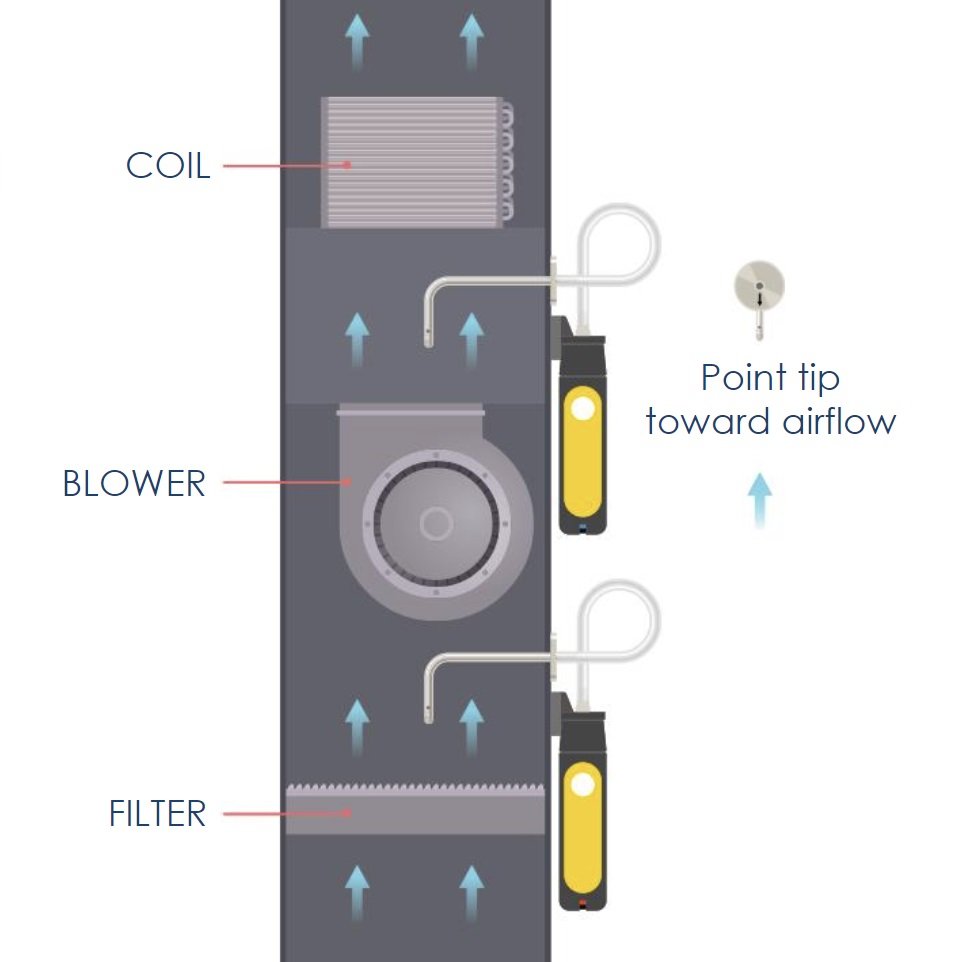
With a static pressure tip, point the tip against the airflow direction (points opposite the airflow) in both the return and supply.
DO NOT confuse a static pressure tip with a pitot tube. A pitot tube is designed to measure velocity pressure or total pressure (velocity + static = total), NOT static pressure, and it will have an open end and two connection points.
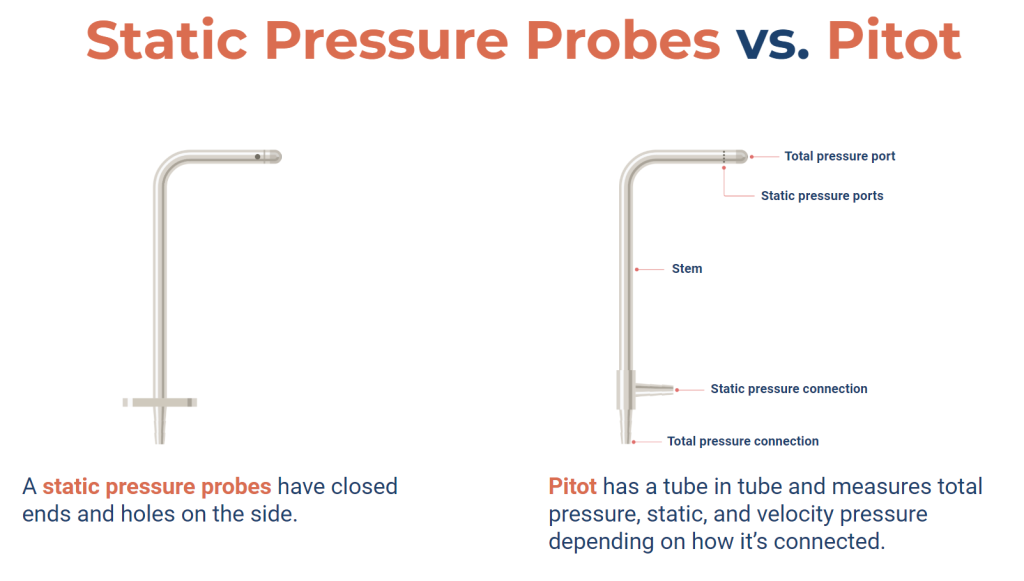
Total external static pressure is return plus supply, positive plus negative, and in general, you would like to see it be 0.5″ or less.
If you see 0.8″ or higher, that is when you start to see trouble on most newer residential systems, but as always, each piece of equipment is different, depending mostly on motor design. Whenever possible, design your equipment/duct system so that the result is 0.4″-0.6″ of total static. (Once again, we're talking about general residential/light commercial here.)
If you find it high, then read the return and supply separately to see which is higher, which is just a matter of removing the hoses to your manometer or Magnehelic alternately. Whichever one reads higher is the greater cause of the issue.
I could keep going on this, but instead, I will just link to some more in-depth resources if you want to learn more. (Or you can watch THIS half-hour class we taught at Kalos.)
—Bryan
Measuring HVAC Total External Static Pressure with a Digital Manometer by Fieldpiece
Troubleshooting Ductwork by ACHR News
Calculating Friction Rate Webinar on the HVACR Learning Network (free and offers NATE credits)











Comments
Good stuff . Enjoy your podcasts equally as much . I’m fairly new to the trade . The information you share sticks with me throughout my work days and applied as I come upon different scenarios. Thanks for the help ! Keep up the great work.
Good stuff . Enjoy your podcasts equally as much . I’m fairly new to the trade . The information you share sticks with me throughout my work days and applied as I come upon different scenarios. Thanks for the help ! Keep up the great work.
I appreciate that Josh
I appreciate that Josh
Prefer the u-tube or incline manometer. Lower cost, more accurate, easily calibrated. Use distilled water or gauge oil.
Enjoying web site, lots of good info.
Prefer the u-tube or incline manometer. Lower cost, more accurate, easily calibrated. Use distilled water or gauge oil.
Enjoying web site, lots of good info.
To leave a comment, you need to log in.
Log In